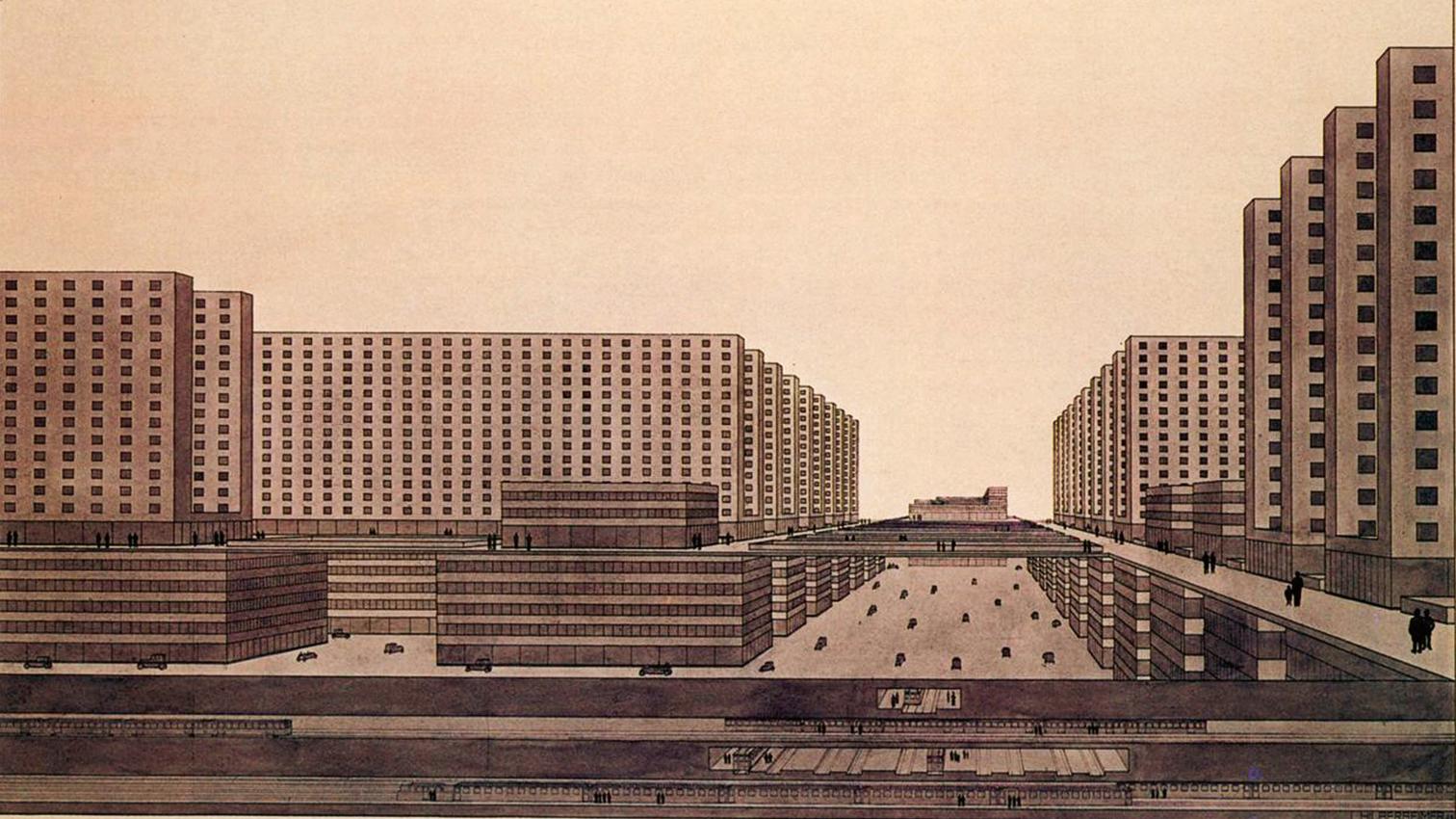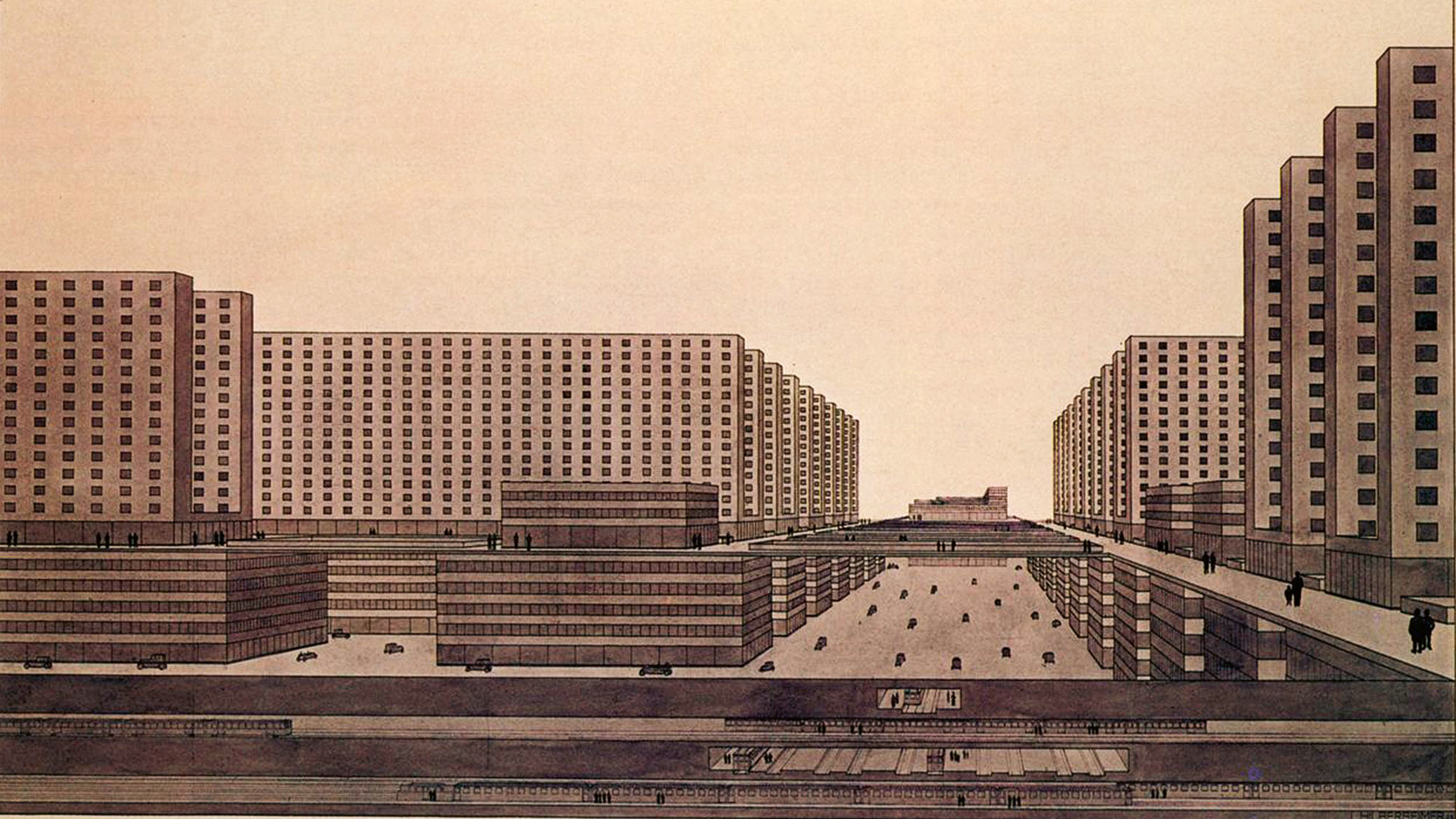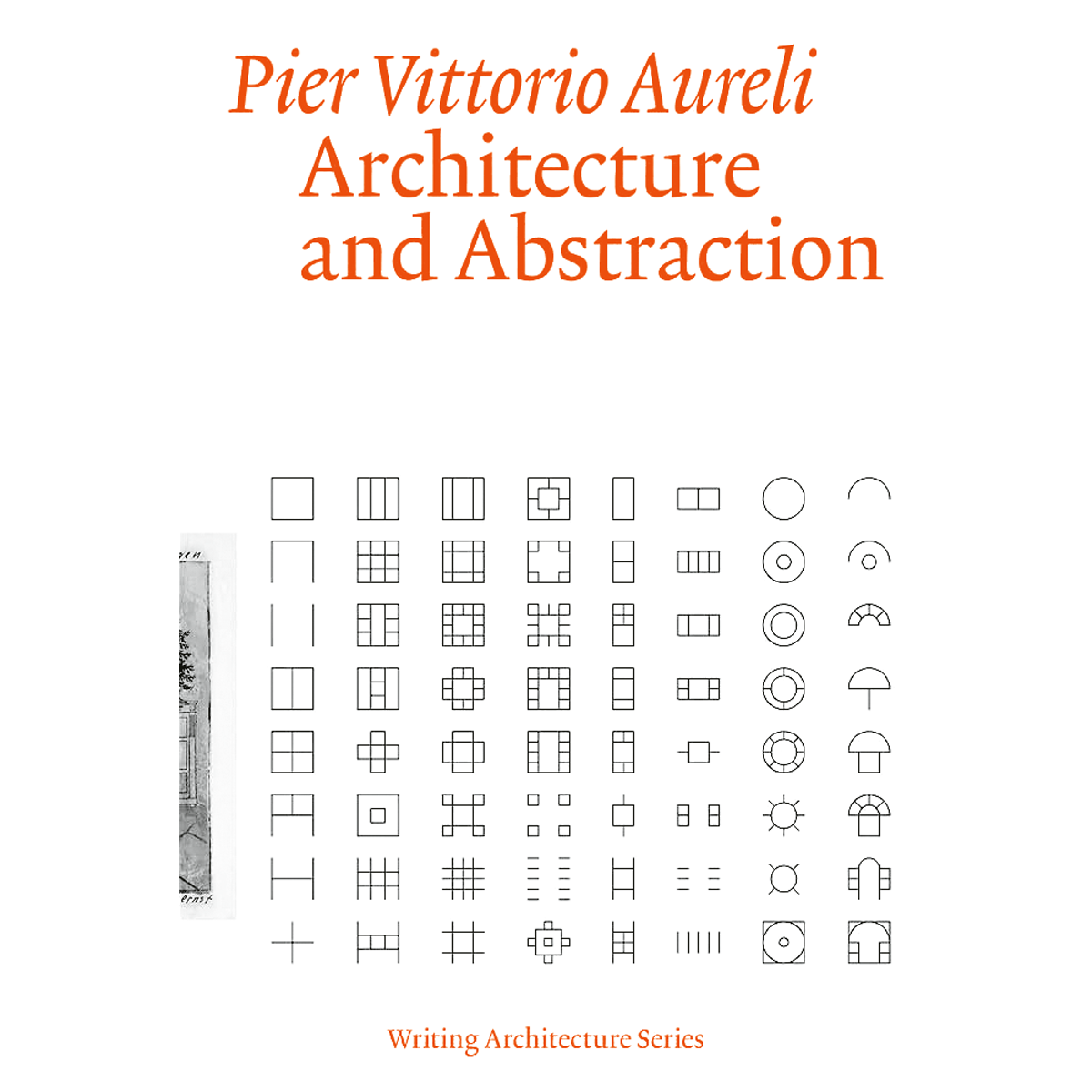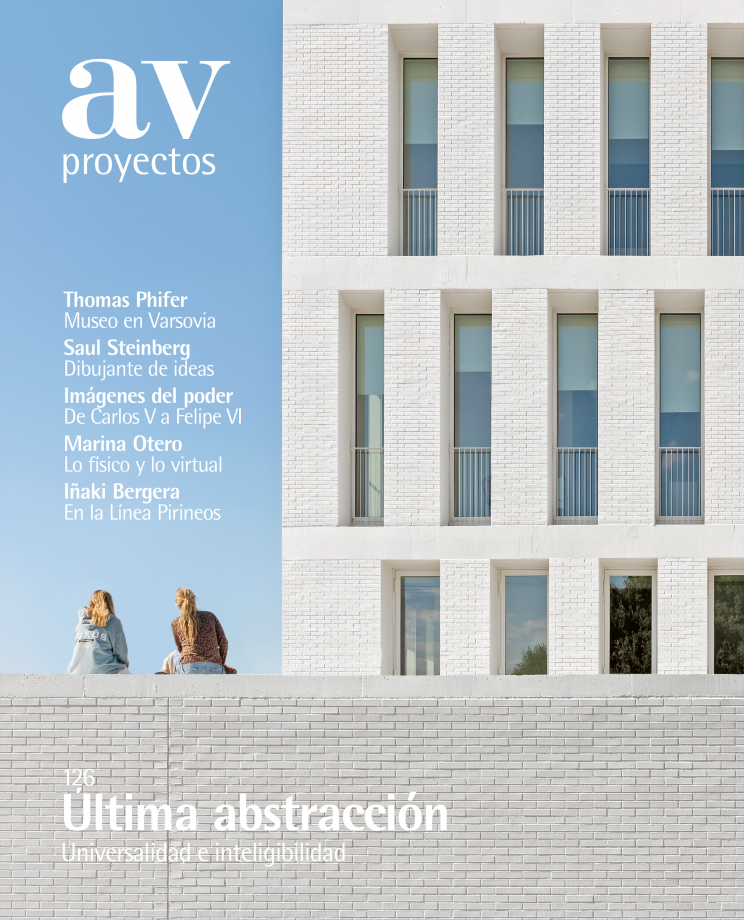
Ludwig Hilberseimer, Ciudad vertical, 1924
We like to think of abstraction as the artistic act that creates a world of forms stripped of the dirty constrictions of reality. But any abstraction is rooted in matter; it is concrete abstraction rooted in tangible objects while giving shape to the environment around us. Abstractions carry weight not really because of their ideal vagueness but due to their operative effect: they are generic frameworks for mediation that are useful in making things, and thus ought to be tackled in the context of the material, historical, social, and political structures that give them a purpose. Abstractions are the fruit and the root of human work, not the result of the escapism of an artist who withdraws to a Platonic eden to stay immune to the complexity of the world. This is the starting thesis of Architecture and Abstraction (2023), the latest book of a Pier Vittorio Aureli who, having explored the political power of forms in The Project of Autonomy (2008) and The Possibility of an Absolute Architecture (2011), and having postulated a return to the essential, vis-á-vis consumerism, in Less is Enough: On Asceticism and Architecture (2013), now presents abstraction in architecture less as an aesthetic style or an artistic aspiration than as an operative space that results from the evolution of work and shapes the modern world in its capacity as a rigorous device for controlling quantity and producing ideology...[+]







